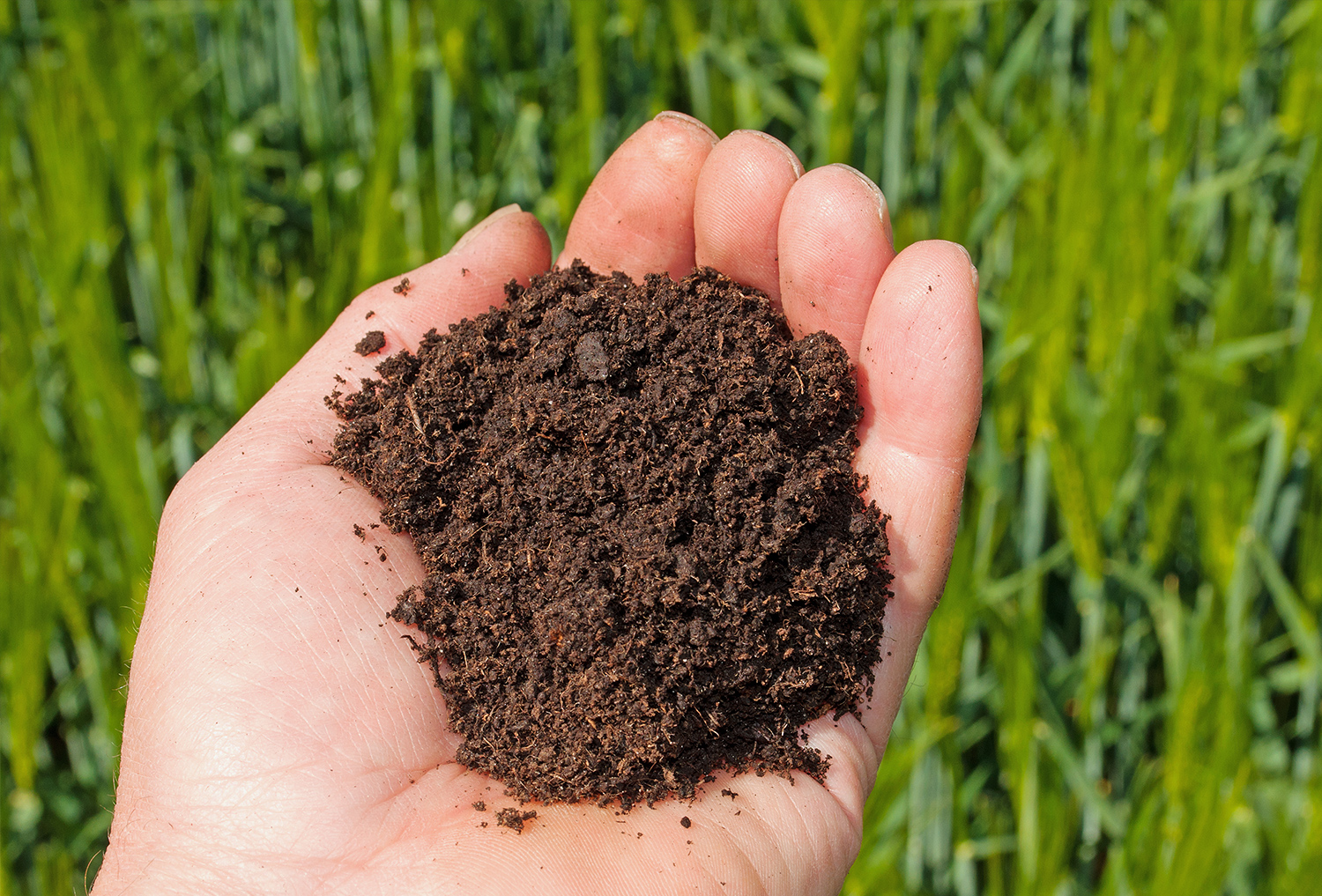
On a roadworks project near Brisbane recently, tonnes of topsoil were imported in an effort to quickly establish vegetation on a low carbon, low-nutrient subsoil. It didn’t go exactly to plan.
You can clearly see in the video below an area where vegetation started to grow but struggled to flourish and eventually died. Project managers wondered how this could happen when the same imported topsoil was used site-wide, along with the same hydromulch, seed blend and fertiliser.
Was it the hydromulch, something in the soil, or maybe even a pesticide? Had something toxic washed off from the road? It was anyone’s guess until extensive soil tests were conducted.
Not only did we perform a typical nutrient soil test on both the struggling and healthy site areas, we also tested for heavy metals that would point to a pesticide or other contaminant.
When the results came in
An in-depth study showed that the struggling area had multiple mineral imbalances (notably exchangeable sodium that was much too high; exchangeable potassium that was too low) and soil carbon levels that were unacceptably low – so low that it could not sustain good seed strike or establish crop cover.
We concluded that until excess salts were leached from the topsoil, vegetation would struggle. So how did everything get so out of whack? Where did all that sodium come from? That’s the million dollar question and the short answer is we can only presume it came from the imported topsoil, which was sourced from the same supplier as the better-quality topsoil medium.
To minimise the risk of this sort of thing happening, it’s very important to monitor and test any imported soil prior to application. The first reaction on site is nearly always to suspect the revegetation contractor of doing something wrong, which is of course possible, but we would go so far as to say that in 99% of cases something else is to blame. The imported topsoil certainly was in this case..
For a comprehensive topsoil quality assessment and treatment program, get in touch with the experts at EnviroStraw.